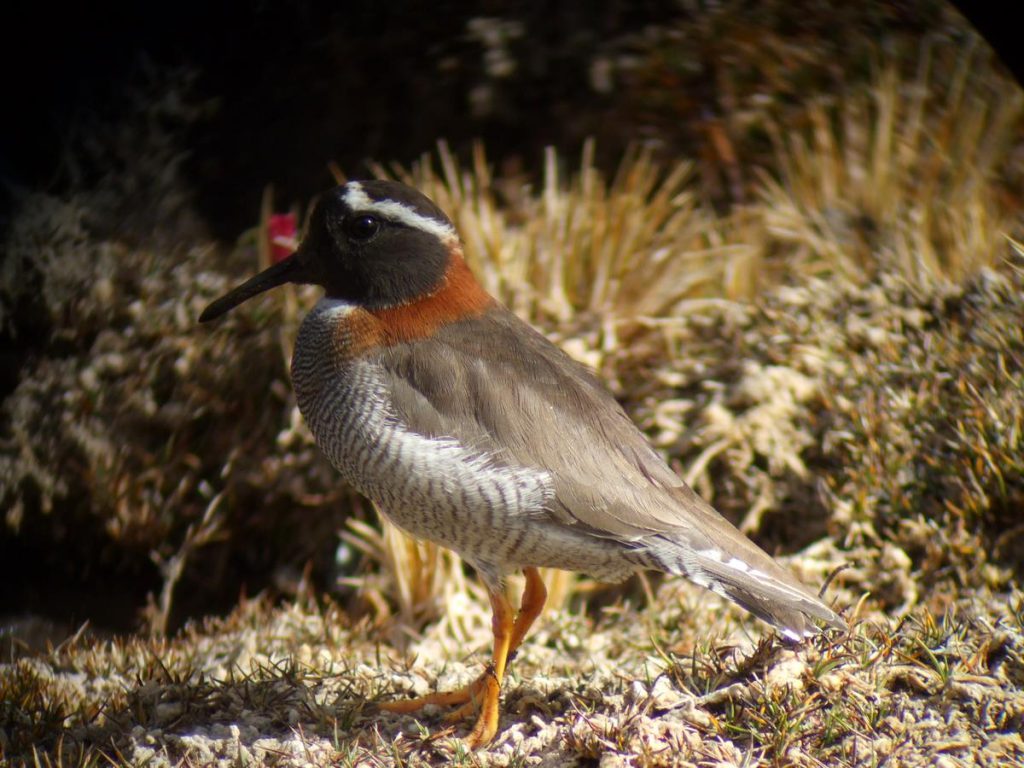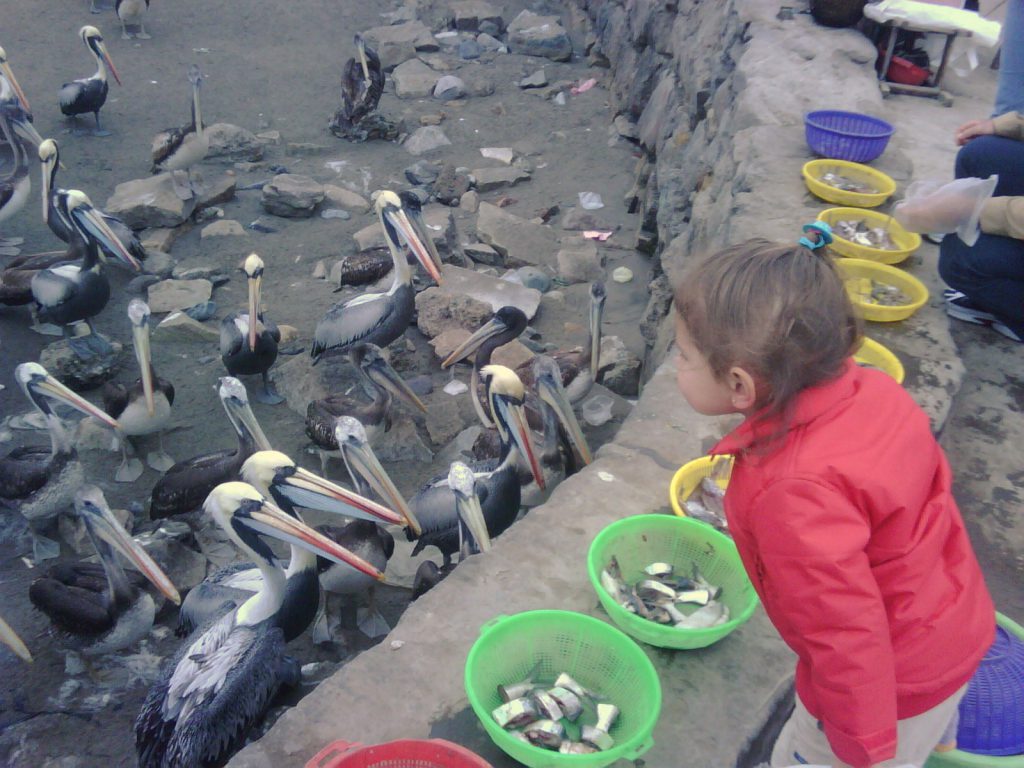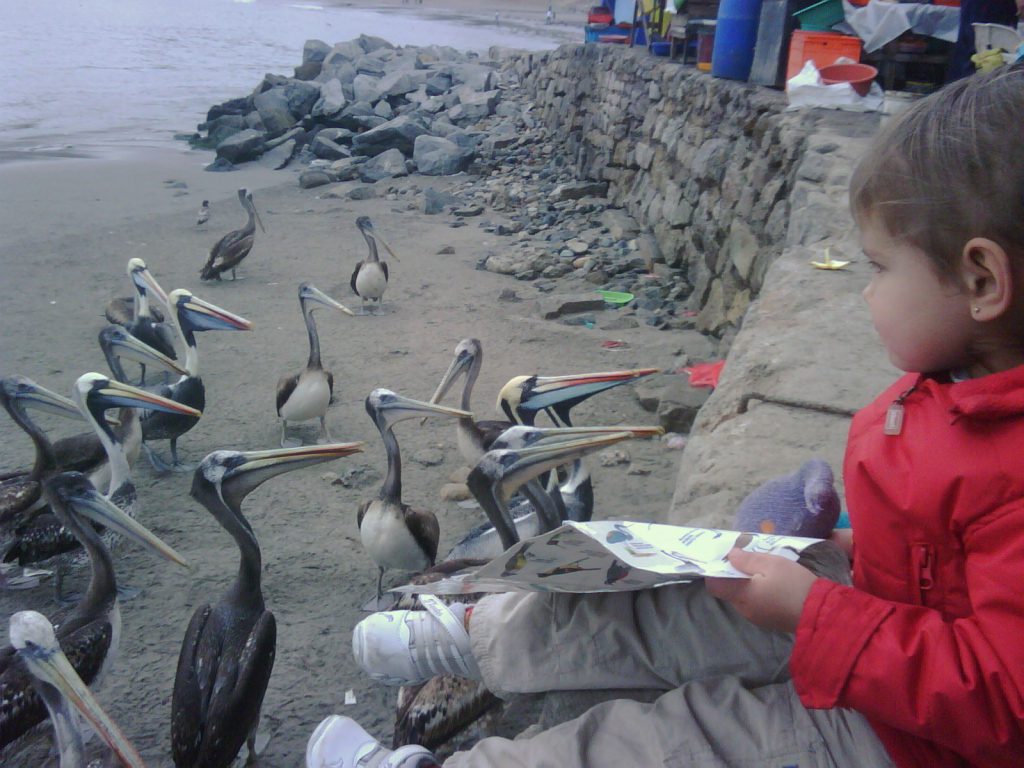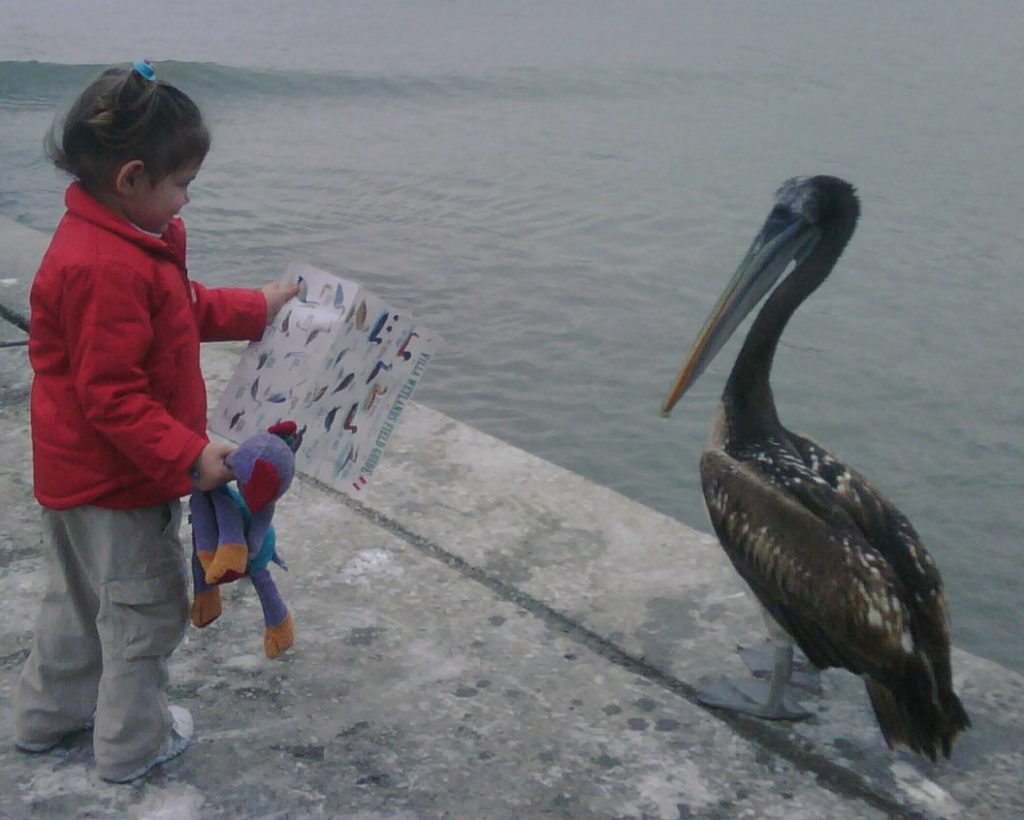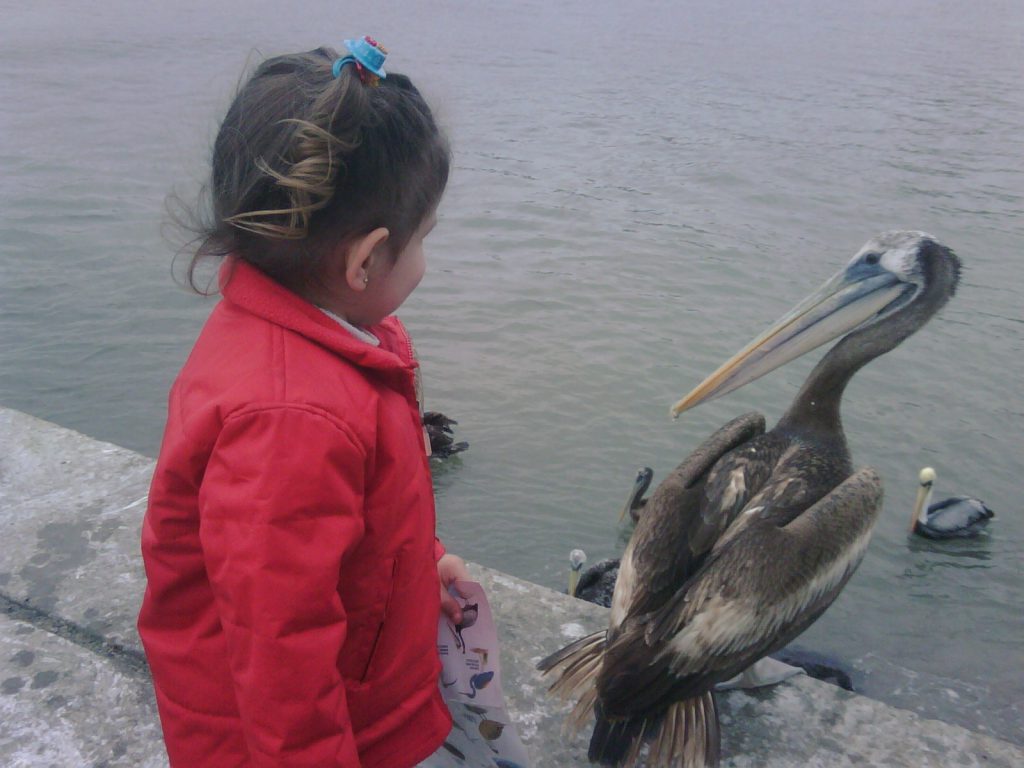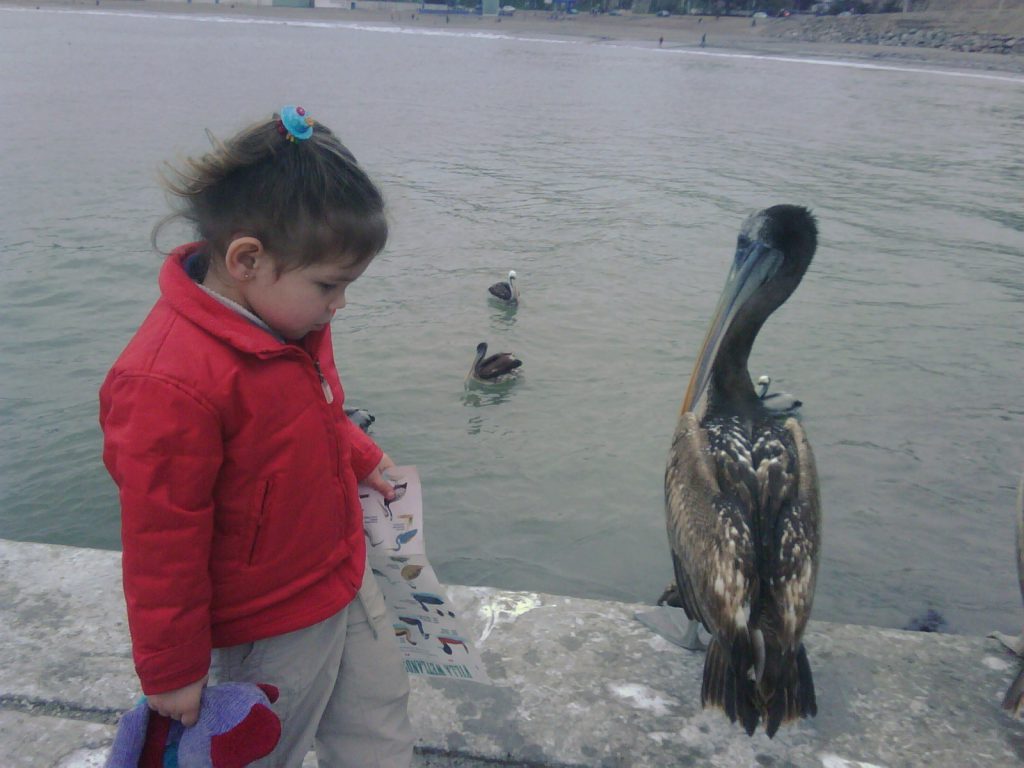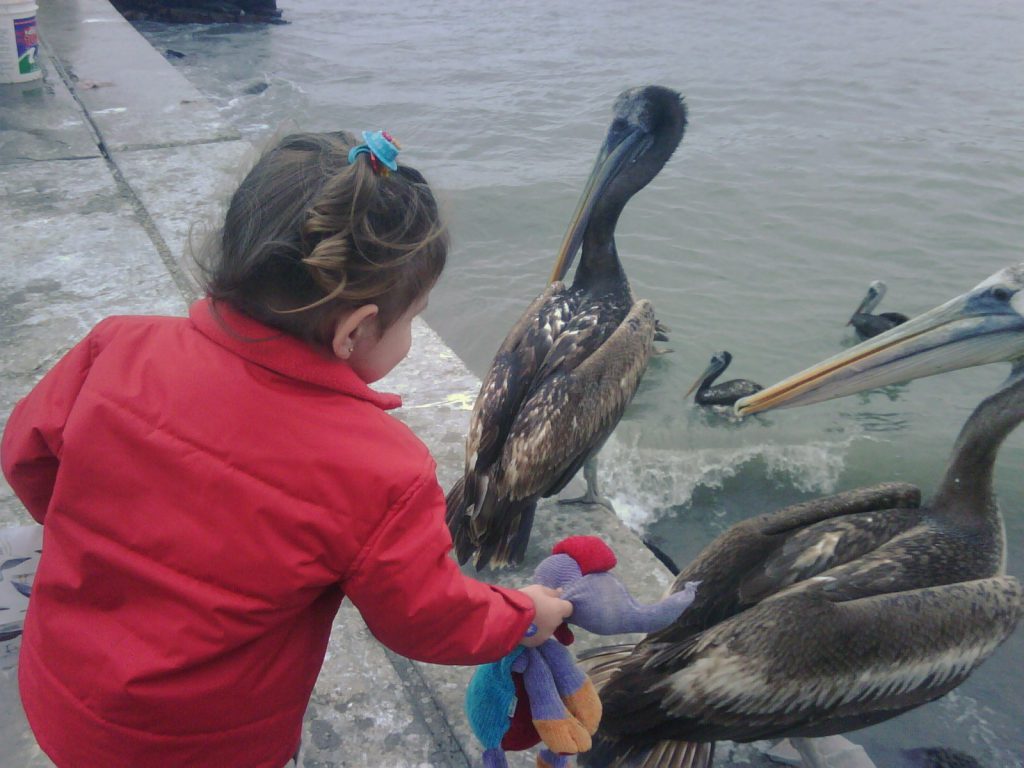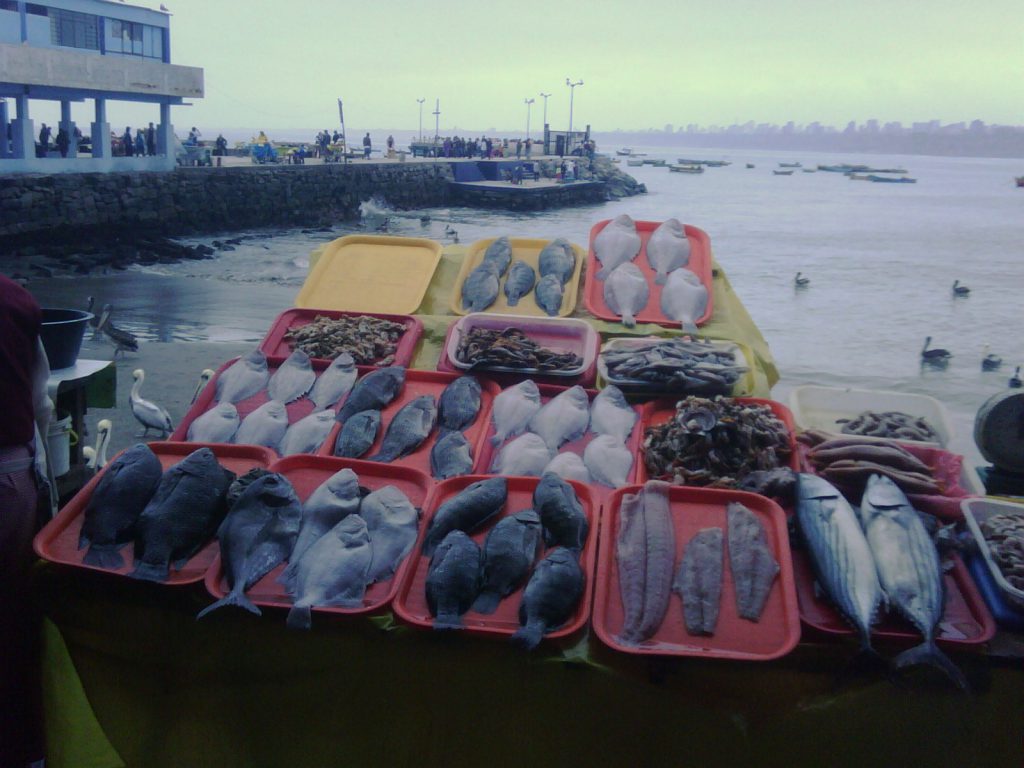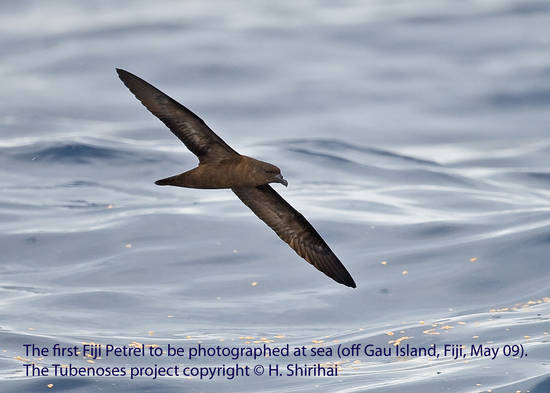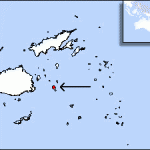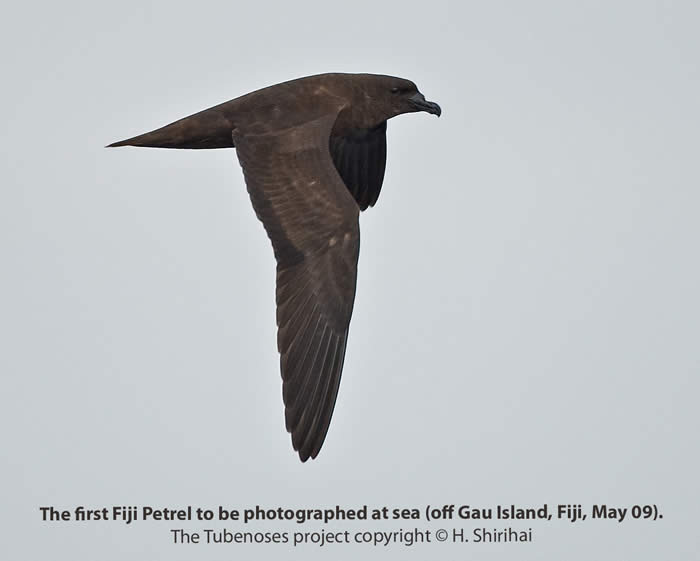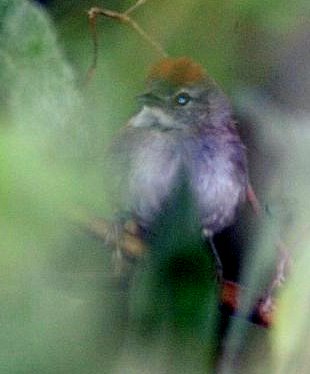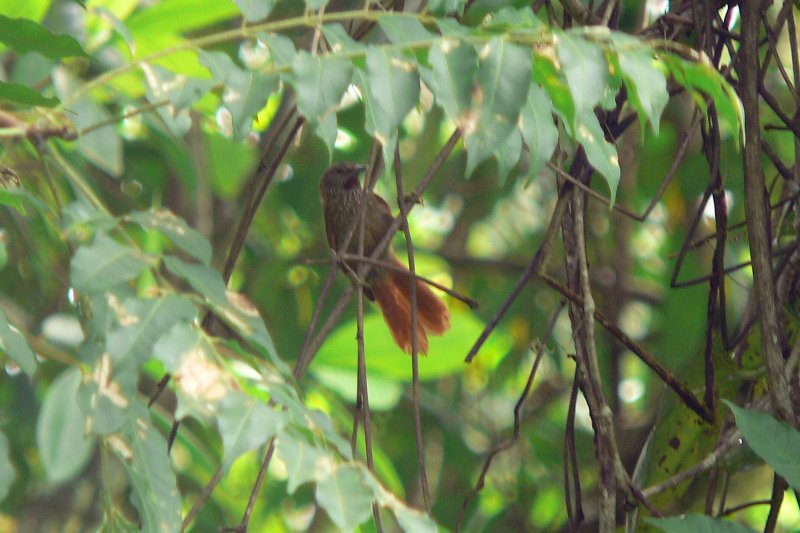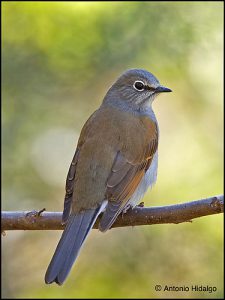….a lot of places …and I like you to come with me.
This past year immersing myself into social media, has been amazing getting to know so many birders on line. I would like to meet all of you. Although my year is not completely staked out, I’d like to give you an outline the birding trips and events I have lined up for myself. Maybe our paths shall cross somewhere. Or maybe you want to come along joining me on some of these adventures. I shall write more detailed blogposts presenting each of them. Let me know which you would like to hear more about in the comment section below and I will prioritize.
I have already knocked off a North Peru trip and two Tumbes itineraries with Pelagics in January. In February I was in Colombia with the family and managed to see a couple of nice new birds. (Blog post is practically ready, but need some photos – maybe someone can please lend me photos of Golden-ringed and Black and Gold Tanager?). I am planning to get a Colombia tour together for Januay 2011 if anyone is interested. Here is an old draft of a Colombia Tour, but I certainly will change some as there are now new exciting reserves that can be visited.
Marathon. May 2 and July 18
First on my agenda is Lima Marathon. One may ask what that has to do with birding, but it does. Last year I ran it for the first time and turned it into a fund-raiser for the community on Satipo road. A marathon for conservation. This activity made Rain Forest Partnership interested in starting a small project here. My training has not gone the way I wanted this year, but I am still running the Marathon. I shall be happy if I make it all the way around. So here is a pledge – the same as last year. I will run the Lima Marathon 42.195km on May 2 after sporadic training the last 10 weeks (interrupted by 2 weeks sickness and an injured knee) at 4h13min or less. 4 hours and 13 minutes makes an average speed of 6:00 min per kilometer, which is more or less the speed that I have managed on the long runs I have done so far.
Sign-up in the comment section. And if you have not made the donation from the pledge last year available yet to Rain Forest Partnership, let me know.
My personal goal is to qualify to Boston Marathon. It will not happen at this race, but I have already a new Marathon in my mind where I shall much better trained. Rio de Janeiro Marathon on July 18. That is one week before I turn 50. I have to run in 3:35. I have 14 more weeks to find my top form.
Pelagics
I guess it is the viking in me that always take me to the sea. Contrary to our Peruvian guides, I never get seasick – so I guide practically all of Kolibri Expeditions’ pelagics. Pelagics from Lima are very good with up to 5-6 species of Storm-Petrels seen regularly including the localized Markham’s and Ringed (Hornby’s) Storm-Petrel. The Critically Endangered Waved Albatross is seen on practically every trip. So far the following pelagic tours have clients booked and will thus surely run: May 6, July 19 and 26, Sep 9 and 25, Oct 2, Nov 13 and 26. There are a couple of more dates in the tour calendar but without bookings. Most of these dates have been put there because they are at the beginning or the end of a scheduled trip. Since all trips in Peru begin or end in Lima it is easy to add a pelagic tour – providing we get enough people to run it.
This is an idea that struck to me recently. Why not offer some tours that needs more assessment to people who would not normally come on birding tours, but are highly motivated birders. When testing new things, there may be things that will not work 100%. Therefore a pre-trip to the community lodges in the Manu area that are promoted this year with the help of bloggers ,will get a jumpstart by young birders on a promotrip.
The gain is on several levels.
- Young birders get some guiding in the most difficult habitat to bird. The Amazon rainforest and at a reasonable price.
- Our company keeps staff busy and paid, and while the revenue for the company is not great, there will be lots of important pieces of information of what works and what doesn’t on this pilot trip – to be implemented on the coming trips.
- The communities get some revenue and the chance to set all right for more comfort demanding clients.
And it will be fun to bird with intense young birders up to 25 years old. I bet we shall make a monster list of birds seen – and that there will be very little sleep! There are 4 vacancies on the trip. Max age 25 years old.
If you don’t qualify age wise, check out all the fixed departures that supports the communities in the Manu area. Still very good value for money and a good cause.
Meet-up / Tweet-up in Lima May 29
@Burdr tweeted a few days ago that it would be wonderful to meet every birder that one has been connected with via Twitter, Facebook or the blog and I could not agree less. When I said so in my tweet-reply, @Burdr said: Let’s all meet in Peru. It clicked as an idea. Dawn Fine has arranged meeting with birders all over the US arranging meet-ups for birders that blog, tweet or chirp. We could do something similar in Lima.
Both locals and visitors and even clients – can meet up for some birding one morning every month. I am considering Saturday mornings when my wife works. That means that my two daughters (and our maid) would be joining us. Join Gunnar, Luciana and Anahi for the first birding meet-up on May 29. I hope to be able to do a meet up once every month or other month.
The training of a new Peruvian guide.
June 15-23 there is scheduled a trip to North Peru and the land of Marvelous Spatuletail. Santos Montenegro is a local campesino who has become interested in birds and in particular the Marvelous Spatuletail. He was the guy who found the displaying Spatultetail that was recently filmed by the BBC on land that was purchased by Santos with funds acquired by Kolibri Expeditions. I recently interview Santos to feature a blog about him and how he got interested in birds. Through help from our clients we have provided Santos with birdbook, binoculars and birdcalls so that he has learnt all the birds in the area so well that local conservation organization ECOAN employed him full time. In June he has holiday and time to join us on a full tour and in July he has to decide whether or not renew the contract with ECOAN or opt to become a bird guide. June 15-23 will be crucial. If you want to be part of forming a new local guide now you know.
British Bird Fair
August 20-22 it is time for the British Birdwatching Fair. Kolibri Expeditions have participated here every year since 2002 together with PromPeru, so we are sad to learn that PromPeru will not be putting up the stand this year. There may be stand for us anyway. I am waiting in anticipation for the decision by the organizers. In any case, I think I will go. It is a unique chance to meet up with clients and business partners. Especially after the Social Media boom, this event has the potential to become a giant meet-up, where you put person to a Facebook profile. Are you going to be at the BirdFair? Shall we meet up?
The biggest day!
September 1-13 . When I write this it is spring in the northern hemisphere and teams are forming to do Birdathons and big days all over for grand causes of bird conservation. Lots of fun, lots of coffee, adrenalin and speed birding.
How about transforming the idea to a business model in the bird richest area of the world? Is it at all possible? The Biggest Day tour!
Ted Parker and Scott Robinson set the world record of 331 species from Manu in 1982 – without motorized vehicle. The idea is to try to beat it or at least get very close to it at Amigos research Center between Manu and Tambopata. The trip will work as birding workshop where the participants will learn to seperate the Amazonian birds by sight and especially call the first 8 days. Day 9 is dress rehearsal, we form teams with the leaders who include guides Antonio Coral, Alex Durand and myself. All the teams should get over 300 species . The results are collected and analyzed before the gran finale on day 12. An attempt on the world record. Now the guides form a team together with one of the participants (a raffle will be made to select the person), while the rest form one or two teams to compete against the guides. Day 13 will be dedicated for the highlights once again and to see some of the elusive vocal species. Day 14 it is back to Puerto Maldonado and flight on to Lima or Cusco. Sound like fun?
Birding in Manu with Rick Wright
Rick Wright former editor of Winging-It and director and guide for Wings, hosts the Community Manu program in September 17-24 – together with me. Rick blogs at Aimophila Adventure. This shall be a fantastic trip with the possibility to add a pelagic in Lima on September 25 and Satipo road/Carpish Community on Sep 26-Oct 3 hosted by Chris West.
Photographic project with Hadoram Shirihai.
All through October to November Hadoram Shirihai and David Beadle will travel in Peru with us on a private photographic expedition. I shall be guiding the first part in Puno, while Alex Durand does all the Manu area. At the end of the period, I shall be guiding again in Central Peru (Carpish and Satipo road).
Scarlet-banded Barbet in Sira Mountains
I have a request for a Scarlet-banded Barbet expedtion from David Matson and Dave Sargeant around Oct 22. There is a new Barbet from southern Sira mountains yet to be described – whether species or subspecies status remains to be seen. Our expedition goes from Puerto Inca further North, where there is access to the highest peaks and from where Kolibri Expeditions already has a good set-up with local contacts. Obviously we don’t know that there will be a Barbet here but since it is the same mountain range as the southern population and our site is right between that and the original site of Scarlet-banded Barbet, there is a very good chance. We get a good gradient of habitats as we reach the highest peaks of over 2000m. Other species that can be seen on this trip include the endemic Sira Tanager, (Peruvian) Horned Curassow (good species based on voice and genetic isolation soon to be split), Sharpbill, Rufous-brown Solitaire, Rufous-webbed Briliant, Creamy-bellied Antwren, White-plumed Antbird, Blue-headed Macaw, Curl-crested Aracari, Chestnut-crowned Gnateater, Wing-banded Wren and many more.
15 Antpittas – and hopefully Banded Ground Cuckoo.
In December I have set up a program that runs from Tarapoto in Peru to Quito in Ecuador and is aiming to pick up 15 species of Antpitta on the way (actually there are 17 species, of Antpittas possible I don’t want to press my luck). We already have three bookings on this trip, which include well known bird book author Klaus Malling Olsen. This will be an epic trip, with lots of endemics. It is especially suitable for those that birded Ecuador in the 90s and want to fill in the gaps as more and more sites for then elusive species have emerged. It is a completely different Ecuador for birding today. Many places have Antpittas feeders – following the success of Angel Paz and his by now world famous Giant Antpitta Maria. The tour runs Nov 28 to Dec 17, with the option to add an eastern Amazonian lowland program of 3-4 days.
That is it. Well not really… because I am also spending a week in May with the family at the beach in Piura as well as a likely holiday somewhere abroad with the family in July or August to be determined.
If you can’t join me, but still want to be birding in Peru during 2010, I suggest you take a look at our tour Calendar, where there are loads of different bird tours scheduled that you can choose from.


